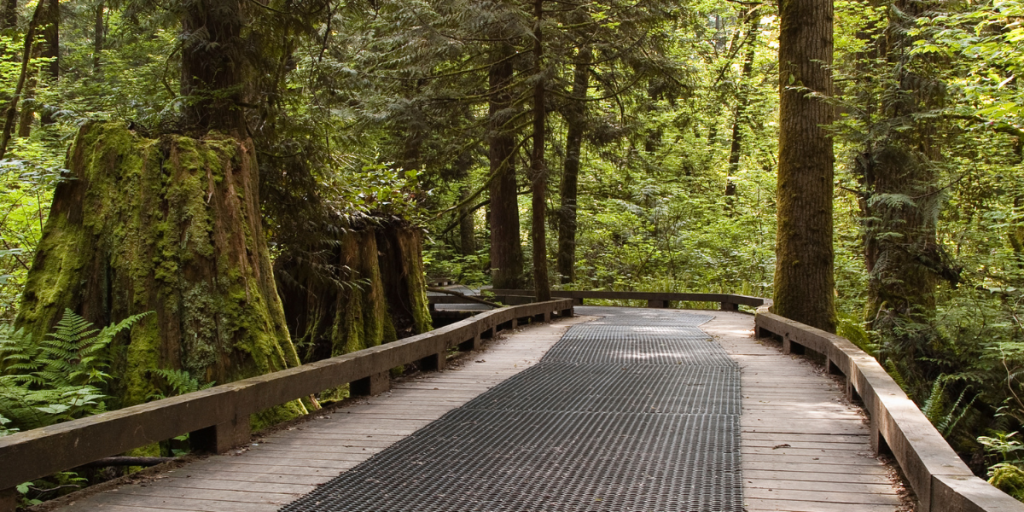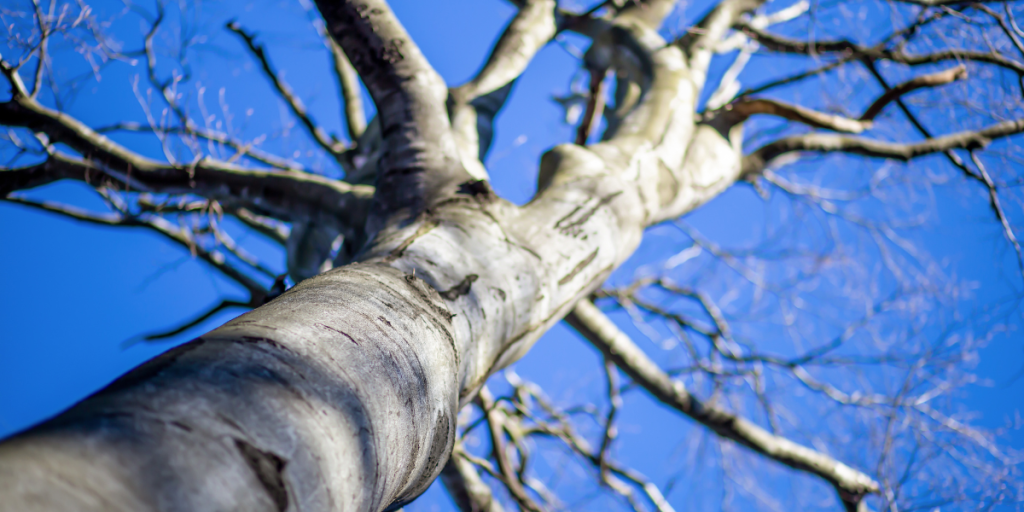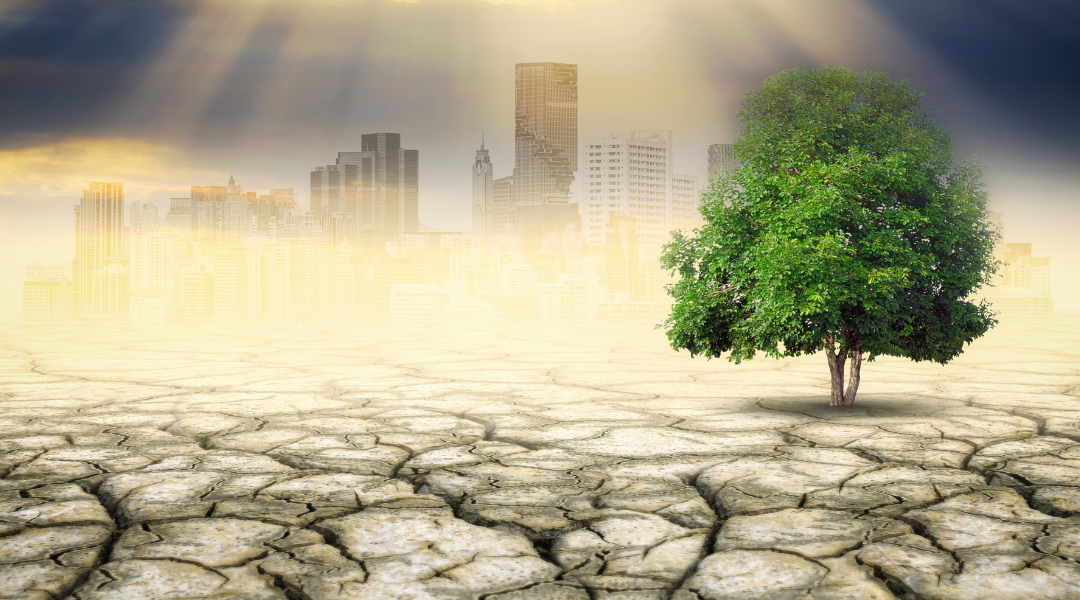Climate Challenges and Tree Care: Adapting Practices for Optimal Health
Understanding the impact of climate change on tree health is crucial to develop effective strategies for adapting care practices. As the environment continues to change, it is imperative to assess and monitor the health of trees in urban forests. By doing so, we can identify potential risks and implement appropriate measures to enhance their resilience.
Educating and engaging the community about these issues will further contribute to conserving and preserving our valuable arboreal resources.
This article aims to explore the effects of climate change on tree health and provide evidence-based recommendations for adapting care practices in a changing environment.
Understanding the Effects of Climate Change on Tree Health
The effects of climate change on tree health are a significant area of study in understanding the impact of changing environmental conditions on plant species.
Climate change has been shown to directly and indirectly, impact tree health, with potential consequences for biodiversity and tree species migration.
Direct impacts include increased frequency and intensity of extreme weather events such as droughts, heatwaves, and storms, which can damage trees through water stress, physical damage, or uprooting.
Indirect impacts arise from changes in temperature and precipitation patterns, affecting the availability of resources like water and nutrients for trees. These changes can alter ecosystem dynamics and lead to species composition and distribution shifts.
Understanding these effects is crucial for developing strategies to mitigate the negative impacts of climate change on tree health and preserve biodiversity.
Adapting Tree Care Practices to a Changing Climate
Effective management of trees requires adjustments to ensure their well-being in response to a shifting climate. As the weather continues to change, tree care strategies must be adapted to mitigate the negative impacts and promote resilience.
Here are three critical considerations for adapting tree care practices:
1. Species selection: Choosing tree species that are more resilient and better suited to the changing climate can enhance their chances of survival. Drought-tolerant species, for example, may be able to withstand periods of reduced water availability.
2. Irrigation management: Proper irrigation management becomes crucial with increasing temperatures and altered precipitation patterns. Adjusting watering schedules and methods can help maintain adequate soil moisture levels and support tree health.
3. Pests and disease monitoring: Climate change can influence the distribution and abundance of pests and diseases that affect trees. Regular monitoring allows early detection and prompt intervention, reducing potential damage.
Implementing these climate change adaptation strategies will help ensure the continued vitality of trees in an ever-changing environment while supporting ecosystem resilience.

Developing Resilient Urban Forests
This discussion aims to explore the development of resilient urban forests through three key points:
1. Creating diverse and resilient tree populations. This involves selecting various species that can adapt to changing environmental conditions and resist pests or diseases.
2. Incorporating green infrastructure and urban forestry strategies. These strategies can enhance the overall resilience of urban forests by improving ecosystem functions such as air quality, stormwater management, and temperature regulation.
3. Collaborating with local communities and organizations for tree preservation and conservation. This is crucial for successful protection and conservation efforts as it fosters community engagement, knowledge sharing, and collective action toward maintaining healthy urban forest ecosystems.
Creating diverse and resilient tree populations
To promote resilience in tree populations, diversifying trees’ genetic makeup and incorporating species with varying tolerance to climate change is essential. Resilient tree species possess genetic traits that enable them to withstand adverse environmental conditions, including extreme temperatures, drought, and disease.
Climate adaptation strategies aim to identify and cultivate these resilient tree species to enhance the overall resilience of tree populations. Through selective breeding programs and introducing non-native tree species that have demonstrated adaptability to changing climates, efforts can be made to increase the diversity of genes within tree populations. By doing so, we can improve their ability to adapt and thrive in a changing environment.
Such measures ensure the long-term health and survival of urban forests and natural ecosystems.
Incorporating green infrastructure and urban forestry strategies
By incorporating green infrastructure and urban forestry strategies, cities can enhance their resilience to environmental challenges and improve the overall quality of their urban environments. Green infrastructure planning involves strategically integrating natural systems, such as parks, green spaces, and wetlands, into the built environment to provide multiple benefits. Urban forest management focuses on maintaining and expanding tree cover in urban areas.
Green infrastructure planning helps mitigate climate change impacts by reducing heat island effects through shading and cooling. Urban forests play a crucial role in air pollution reduction by absorbing pollutants and releasing oxygen. Green spaces enhance biodiversity by providing habitats for various species. Urban forestry strategies contribute to stormwater management by intercepting rainfall and reducing runoff.
These approaches improve the physical environment and have positive social, economic, and ecological implications for cities.
Collaborating with local communities and organizations for tree preservation and conservation
Collaborating with local communities and organizations can foster a sense of shared responsibility for tree preservation and conservation. Community engagement and forming local partnerships are essential in addressing the challenges climate change poses on tree health. Involving community members, such as homeowners, volunteers, and local businesses, in tree preservation efforts spreads awareness and empowers individuals to care for trees actively.
Local organizations can provide valuable resources, expertise, and support to implement effective conservation strategies. Engaging with communities through educational programs, workshops, and events can further enhance their understanding of the importance of trees and encourage sustainable practices.
These collaborative efforts allow for a more comprehensive approach toward preserving tree health amidst changing environmental conditions.

Monitoring and Assessing Tree Health
Monitoring and assessing tree health is crucial to effectively adapt care practices for the changing environment impacted by climate change.
Assessing tree diseases and evaluating tree growth are critical components of this process. By regularly monitoring trees for signs of illness, such as leaf discoloration or decay, arborists can identify potential problems early on and take appropriate action to prevent further damage.
Additionally, evaluating tree growth allows arborists to track trees’ overall health and vitality over time. This involves measuring trunk diameter, crown density, and height increment.
Educating and Engaging the Community
Educating and engaging the community is vital to raising awareness about the importance of tree conservation and fostering a sense of shared responsibility for preserving urban green spaces.
Community outreach programs are crucial in disseminating information, promoting understanding, and encouraging active participation in tree care initiatives.
Educational programs are designed to provide residents with the knowledge and skills necessary for sustainable tree management practices. These programs can include workshops, seminars, and demonstrations on proper planting techniques, pruning methods, and disease prevention strategies.
By actively involving community members in these programs, they develop a deeper appreciation for the value of trees in mitigating climate change effects, improving air quality, and enhancing overall well-being.
Moreover, educational initiatives empower individuals to become advocates for tree conservation within their neighborhoods and inspire collective action toward building greener and healthier urban environments.
Frequently Asked Questions
How can homeowners adapt their tree care practices to mitigate the effects of climate change?
Homeowners can adapt their tree care practices to mitigate the effects of climate change by implementing adaptive measures that optimize tree health and resilience, such as adjusting watering schedules, using mulch to conserve moisture, and selecting drought-tolerant tree species.
Are there any specific tree species that are more resilient to climate change?
Resilient tree species that can adapt to climate change have genetic diversity, broad environmental tolerance, and the ability to withstand extreme weather events. These species have shown higher survival rates under changing climatic conditions.
What are some effective strategies for monitoring and assessing tree health in urban areas?
Practical strategies for monitoring and assessing tree health in urban areas include:
- Regular visual inspections.
- The use of remote sensing technologies.
- The collection of environmental data.
- The analysis of tree growth and physiological indicators.
These methods provide objective and evidence-based information for effective tree care.
How can communities be educated and engaged in tree care practices to promote a healthier urban forest?
Community involvement and tree-planting initiatives are crucial for promoting a healthier urban forest. Education programs, workshops, and partnerships with local organizations can effectively engage communities and encourage them to participate actively in tree care practices.
Are there any government initiatives or programs in place to support the development of resilient urban forests?
Government initiatives and funding opportunities exist to support the development of resilient urban forests. These programs aim to enhance tree care practices, promote sustainable management, and address the challenges of climate change.

